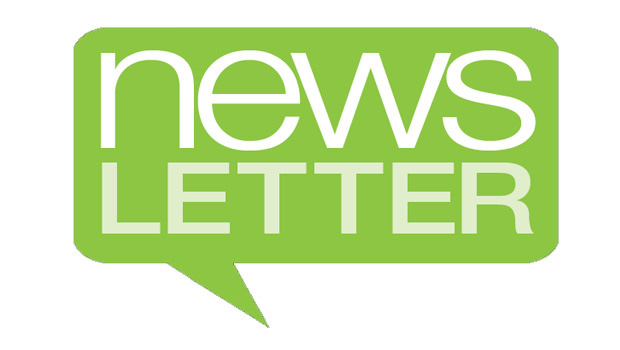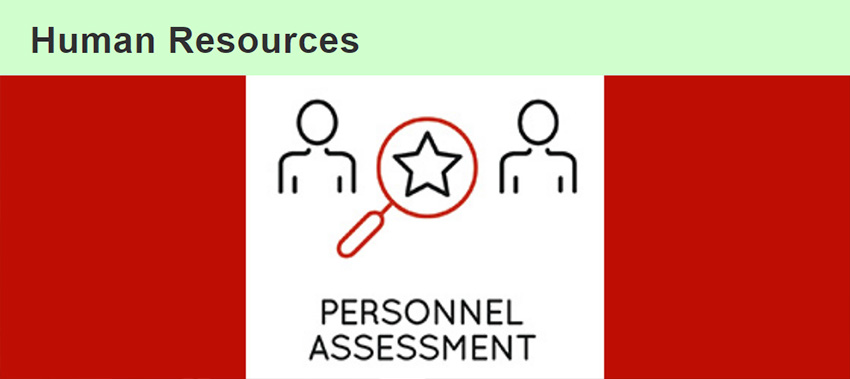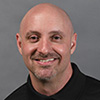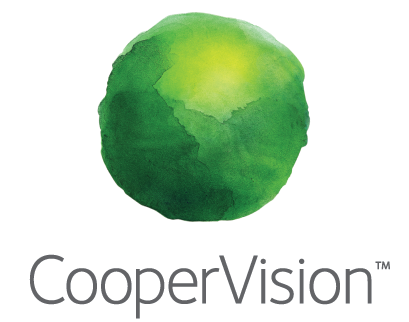

By Richard Hults, OD, SNAPP Board member, Ohio
No eye care business is an island. All of us are influenced by what others around us are doing. Even more importantly, patients are influenced by the trends happening in the industry. So how do we position ourselves and our businesses when the ground seems to be moving continually?
Disruptors in the industry appear because they see an opportunity. Maybe existing services are inconvenient or slow. Maybe they see a chance to bring more service lines into a single-stop source. Perhaps they recognize that patients are looking for pricing transparency or lower costs. Whether these gaps in the existing service models are real or imagined, the disruptors are marketing their services on some specific aspect.
We can learn from them. They are providing us with a keen, outside view of how others might see us. They are showing us our weaknesses—or perceived weaknesses.
At the SNAPP National Meeting in Las Vegas on Sept. 18-20, we will be looking at the disruptors to see what we can learn from them in how they approach patient care, communications, convenience, product selection and more. Industry leaders who are watching these disruptors will also share what they’ve learned and how they can apply it to make their businesses—and ours—stronger.
You’ll come away from this meeting with a better sense of where the industry is headed and where the opportunities and threats lie. Knowing that and making adjustments, or partnering with those companies that are already anticipating these changes, will help all of us.
PS – Even as we’re looking ahead to the September SNAPP meeting next month, let’s also take a look back at why SNAPP members come to these meetings. We recap the terrific education provided Dr. Leah Johnson on myopia management, and Dr. Ketan Sheladia explains why SNAPP meetings are so valuable to him.
If you have not yet registered for the SNAPP meeting, you can do so here and you can look at the most recent agenda here.

Counsel Parents and Patients on Options for Myopia Management
For years, Leah Johnson, OD, FAAO, held back on detailing the risks of progressing myopia. “I didn’t want to scare my patients, and I never thought of it as an epidemic,” she says. But when she became director of clinical services at Paragon Vision Sciences in mid-2017, she began to gain a broader perspective on the issue. “Now I know that is really is an epidemic. In China right now, there are about 80 million school children who are myopic,” she says.
Dr. Johnson spoke at the SNAPP National Meeting in New Orleans; she shared the interpretation by Mark Bullimore, MCOptom, PhD, FAAO, of multiple peer reviewed studies on myopic maculopathy, in which Dr. Bullimore plotted that “each 1 diopter increases the risk by 67 percent and conversely then, each 1 diopter decrease reduces the risk by almost 40 percent.”
Dr. Johnson encourages eye care professionals to be more proactive in their discussions with their patients. “We really should be offering patients management options beyond simply updating the spectacle prescription,” she says.
Secondly, ECPs can discuss environmental and lifestyle factors that may have an impact. “Encourage children to go outside for 90 minutes1,” she says. “We have an ethical responsibility to stay up to date on the relevant information and pass that along to patients,” she says.
She says that the educational role that ECPs can play here is comparable to a discussion on hypertension. “Primary care physicians approach this from both an environmental and lifestyle perspective and talk about the management available. We can do the same: tell parents about the importance of having children go outside and also talk about other clinically studied management options that may slow down the progression of myopia. From a parents’ perspective, this gives them an opportunity to enhance the quality of life in their children.”
The prevalence of myopia is projected to increase from approximately two billion people worldwide in 2010 to almost five billion people in 20502, bringing with it near- and long-term health challenges. Not only does myopia require vision correction, but high myopia also increases the likelihood of conditions later in life, such as glaucoma, cataract, retinal detachment and myopic maculopathy.
The CooperVision Specialty Eyecare division accelerates eye care professionals’ access to advanced products that help improve the way people see each day, with a focus on the development of myopia management approaches and visual correction of irregular corneas. It encompasses Blanchard Contact Lenses, Paragon Vision Sciences, Procornea and Soflex, which operate independently while sharing technical, clinical and commercial knowledge, benefitting from CooperVision’s global presence and infrastructure.
1 Rose K et al. Environmental Factors and Myopia: Paradoxes and Prospects for Prevention. Asia Pac J Ophthalmol (Phila). 2016; 5(6): 403-410.
2 Holden et al, Ophthalmology 2016.

Pearle Doctors Have Crafted a System for Turning Around Underperforming Practices
SNAPP meetings routinely provide fresh ideas they can use in their multiple Pearle locations
Ketan Sheladia, OD, and his business partner Samir Patel, OD, have been operating Pearle locations in the Chicago area since 2008, not long after their graduation from Illinois College of Optometry. They continued to expand by adding a second location in 2011, a third in 2012 and a fourth in 2015. They are set to acquire their fifth location in September of this year.
“We like to look for underperforming locations,” he says. Through experience—and by asking questions and listening for best practice strategies at the SNAPP meetings—Dr. Sheladia says that they have had success turning these practices around.
The first step typically is to evaluate the staffing. “Managers hold onto people, and often, they hold onto the wrong people,” he says. While it’s never fun to let staff go, it can be important to profitability of a business and the morale of the remaining staff. “We’ve acquired practices where there were two lab associates and the volume wasn’t enough for one,” he says. Continuing to operate that way would be disastrous.
The doctors also come in and analyze the dynamics of the practice, looking at it from the patient perspective. “How does the patient experience everything? Does it flow smoothly?” Staff training can help here, with a renewed emphasis on customer service and the patient experience.
While the doctors—and their business manager, Lorrie Domin—don’t begin making changes the day after they take ownership, they do make some moves quickly. “Within the first year, we expect to make changes that will improve the performance of the business,” he says.
He says that he and his partner always try to make it to SNAPP meetings, and they bring their business manager, too. “It’s an intimate atmosphere where we learn concepts from other operators and have the exchange of ideas from different viewpoints,” he says. It’s valuable to hear from operators in different parts of the country as well as different types of locations.

Five Reasons to Rehire Former Employees
Tip of the Month from AmCheck
It is not uncommon for organizations to have a policy against rehiring former employees. This sort of policy makes perfect sense with respect to troublemakers, poor performers or others who left under a dark cloud. It’s also understandable, given that companies invest a lot of money training and developing their people and employees who go elsewhere take that investment with them, sometimes to a competitor.
But times have changed and expectations with them. Few employers these days expect employees to stick around for many years. Most know that employees will move between employers multiple times over the course of their career and that many of them will even change careers entirely, some more than once. Loyalty and commitment have more to do with what the employee is doing for the employer presently—not indefinitely.
Not only are companies allowing eligible former employees to apply, some employers are even encouraging it! Here are five big reasons why you might consider doing the same.
1. Former employees already know your organization, operating procedures, rules and traditions of your culture and the people with whom they worked previously. It takes less time to onboard them, saving the business owner time and money in training costs.
2. Oftentimes, former employees return with additional knowledge, skills and abilities. Sure, they took your investment in them to another workplace, but they’re coming back to you with new experiences, which can now be leveraged at your organization.
3. Communicating that you welcome back former employers highlights the fact that people like working for you and see your organization as the place they’d like to be, even if they have other options.
4. It creates trust. Prospective candidates and current employees understand that you don’t see them as a potential threat to the organization that needs to be deterred from leaving. A reciprocal trust makes the employment relationship much more productive, rewarding and enjoyable.
5. Your competitors are likely open to rehiring their high-performing former employees, and if you’re competing with them for workers, you don’t want to unnecessarily limit your pool of strong candidates. That just puts you at a disadvantage.
Even so, a former employee may not be the best candidate for the position. But if the former employee is a smart hire, ruling that person out because he or she once quit would be a mistake. Boomerang employees may not always be worth rehiring, but they’re often worth considering.

Is Your Claim Filing Method Outdated?

By Shane Shepherd, Sr. Insurance Sales Manager, VisionWeb
Chances are low that your preferred form of communication is “snail mail.” There are better forms of communication these days, like picking up a phone or using social media. If you have a better option, why not use it? The same thought process should apply to your claim submissions.
Do you know what method your business is using to file your claims? There are several different ways to do this and we’re going to break each one down based upon the practice management (PM)/electronic health records (EHR) system you use.
No PM/EHR
Is all your business conducted on paper? If you are using a superbill and a manual schedule and ledger paper to keep track of the finances, you will need to do some form of direct data entry, or DDE. You may think this means you have to submit your claims on paper or go to payer websites, but that isn’t necessarily the case. Despite the fact that your office is on paper, you could still key your patients’ demographics, diagnosis and procedure code information into a clearinghouse so that they can then be submitted to the payer electronically. Ultimately, you have three options if you aren’t utilizing a PM/EHR.
1. Paper claims
2. DDE via payer websites
3. DDE via a clearinghouse
Using a clearinghouse rather than payer websites is more efficient because demographic information only has to be keyed in the first time a claim is filed for that patient. Also, it organizes your data and gives you an electronic trail to follow should you need to prove timely submission.
Basic PM/EHR
Many practices do an import/export of data from their practice management system into a clearinghouse. This is a very effective way of getting your claims submitted to the payer. First, the OD enters in the diagnosis and procedure codes into the EHR during the exam. That data flows over to the PM software, which already contains the demographic information. Once a team member creates an invoice, all of that data comes together to form an electronic claim.
Reduce unnecessary DDE and submit your claims via Electronic Data Interchange (EDI). Utilize your PM system to generate these EDI files that can then be exported out of the PM software and into the clearinghouse. Many offices have the ability to use this export/import functionality, but they do not leverage it. Utilize the intuitive software you’ve already bought and paid for. If you need further information, call your PM system’s customer support and ask if your software has the ability to generate and export 835 files. If it does, you’re in business.
Direct Integration
If you have one of the higher-end PM systems, it may very well have a direct integration with the clearinghouse. Direct integration implies that the PM software automates the exporting and uploading of the 835 file to the clearinghouse. It will file the claim straight from the software without having to go to an external website. This is the most efficient and least frustrating way to file your claims. Data flows seamlessly from the EHR to the PM to the clearinghouse to the payer without any redundant data entry.
Shane Shepherd is the Sr. Insurance Sales Manager for VisionWeb. He’s happy to answer questions you have about your claim filing methods at sshepherd@visionweb.com.







